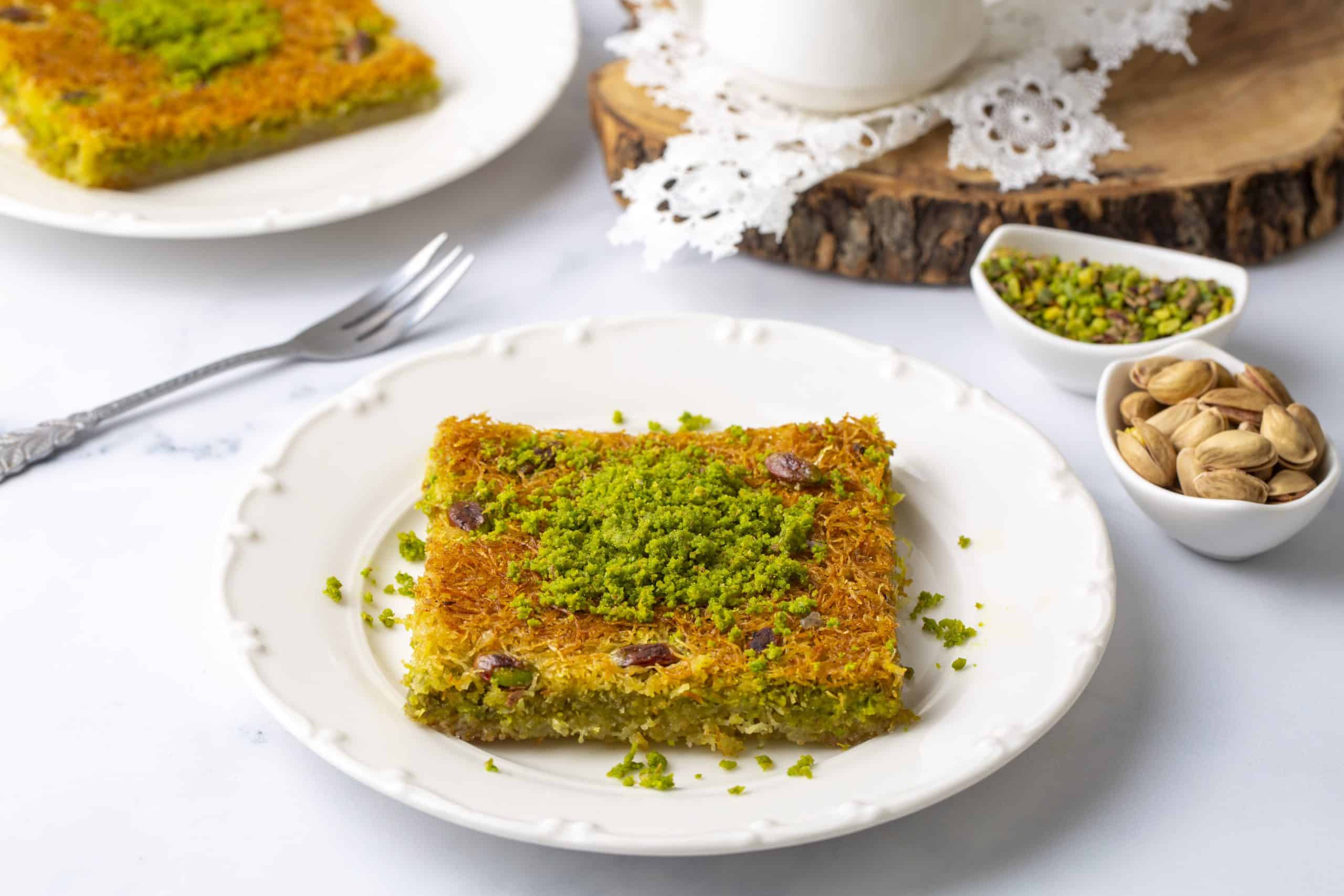You are about to embark on a mesmerizing exploration of one of the most coveted and delightful French culinary creations – the French Lobster Bisque with Brandy. This is an opportunity for you to be acquainted with the refined and delicate world of seafood soup, with a focus on the exquisite lobster bisque. A delectable cream-based soup, the bisque is a perfect amalgamation of luscious lobster meat, a robust shell stock, and a dash of brandy, all melding together to produce a truly compelling and velvety texture. By the end of this article, you will be equipped with the technical precision and culinary acumen to create your very own French Lobster Bisque, a dish that will surely elevate your cooking endeavors.
The Fundamental Ingredients
Understanding the ingredients is the first step towards mastering the recipe of Lobster Bisque. The lobster, of course, is the mainstay. You will need it for both the meat and the shells, which contribute significantly to the overall flavor profile. Besides lobster, other ingredients include butter for the roux, cream for the richness, stock to intensify the flavor, and brandy for a subtle yet impactful kick. Also, let’s not forget the staples of most French cooking – onions, celery, carrots, and various herbs and spices.
A lire aussi : How to create a Smoked Salmon Blini Tower with Dill Crème Fraîche?
When you think lobster bisque, you might wonder, "What makes it different from other seafood soups?" The answer lies in the method of cooking and the combination of ingredients. The unique combination of ingredients adds layers of complexity to the soup that will tantalize your taste buds.
The Cooking Process
Now that we have familiarized ourselves with the ingredients, let’s delve into the cooking process. Contrary to what some may believe, creating a lobster bisque isn’t an overly complex task. With a little patience and attention to detail, you’ll have a bisque that is second to none.
A découvrir également : What’s the key to a Luxurious White Chocolate and Raspberry Cheesecake?
You begin by cooking the lobster, then extracting all the meat you can. The shells are then roasted and simmered to create an intense stock that forms the backbone of the soup. This is a crucial step, as the lobster shells contain a myriad of flavors that can transform an ordinary soup into an extraordinary one.
After the stock is prepared, you would then create a roux, which is a mixture of butter and flour. This gives the bisque its velvety texture and richness. After this, you’d add the stock, the lobster meat, and the cream. The final touch is the addition of brandy, which gives the bisque an added depth of flavor.
Mastering the Lobster Bisque
While the cooking process may seem straightforward, there are a few techniques that can turn your good Lobster Bisque into a great one.
One of the key techniques in cooking a bisque is heat management. It’s essential to ensure the bisque doesn’t boil too rapidly, as it can lead to overcooking the seafood and curdling the cream. A low and steady heat is the way to go, as it allows the flavors to develop fully without risking the texture of the bisque.
Furthermore, when adding the lobster meat, be mindful not to overcook it. Lobster meat can become tough and rubbery if it’s subjected to high heat for an extended period. You should add the lobster meat towards the end of the cooking process, allowing it to just heat through, which will result in a tender, flavorful bite.
Serving Suggestions
A lobster bisque can be served as a starter or a main course. Either way, its rich and creamy taste is sure to captivate your guests. It’s best served hot, with a sprinkle of fresh herbs for garnish. Some prefer to have it with a side of crusty bread, which creates the perfect contrast to the velvety texture of the bisque.
Regardless of how you choose to serve it, remember that the key to a great Lobster Bisque lies in quality ingredients and patience in cooking. The more time you spend in crafting the bisque, the more rewarding the result will be.
With this guide in hand, you’re now ready to embark on your culinary journey of creating a velvety and flavorful French Lobster Bisque with Brandy. So, put on your chef hat and apron, and let’s get cooking! Your delicious, seafood-infused masterpiece awaits you!
The Secret Techniques of the Bisque Recipe
Getting to know the hidden tips and techniques are crucial for a successfully prepared lobster bisque. There are a few important secrets that professional chefs employ to bring out the most in this exquisite dish.
First and foremost, the primary secret to a phenomenal lobster bisque lies in the lobster stock. It’s not just about boiling the lobster shells; it’s about extracting every ounce of flavor from them. To get a rich and flavorful lobster stock, roasting the lobster shells before simmering them is a technique not to be overlooked. The heat from roasting helps to release all the rich, sweet flavors that are integral to a sumptuous bisque.
Something else to remember is the use of tomato paste. A small amount of tomato paste caramelized at the beginning of the cooking process adds a nice depth to the bisque, making the soup even more flavorful.
Equally important is the use of white wine and seafood stock in the bisque recipe. Both ingredients should be added after the lobster stock to deglaze the pot, scraping up all the tasty bits at the bottom, which adds more flavor to the bisque.
The bisque should be strained through a fine mesh to ensure it’s smooth and velvety. The recovery of any small pieces of lobster meat is another secret to a great bisque, adding them back into the soup just before serving enhances its texture and taste.
Finally, the use of heavy cream should not be excessive. Too much cream can overshadow the delicate flavor of the lobster. A few dollops are enough to end up with a creamy, velvety and flavorful bisque.
The Finishing Touches
The final steps to creating your lobster bisque are crucial. These include the adding of lobster meat and the heat add. The lobster meat should be added towards the end of the cooking process, letting it warm through gently. This ensures the meat remains tender and succulent, rather than tough and rubbery.
When it comes to heat add, it’s essential to keep the heat low and steady. A rapid boil can curdle the cream and overcook the lobster, ruining the texture and flavor of your carefully crafted bisque. Instead, keep the heat on a gentle simmer, allowing all the flavors to marry together and the texture to remain velvety and smooth.
Conclusion
With the comprehensive guide above, you’re now fully equipped with the technical knowledge to create your own French Lobster Bisque with Brandy. Remember, the foundation of this bisque recipe is the quality of your ingredients and your patience in cooking. The lobster bisque is not a dish to rush; the longer it simmers, the better the flavors will be.
So, gather your lobster tails, chicken stock or fish stock, olive oil, and other ingredients. Follow the steps patiently and remember to add the lobster meat towards the end for a tender bite. All in all, the journey of creating this velvety, creamy, flavorful bisque is a culinary adventure worth embarking on.
So, roll up your sleeves, put on your apron and let’s start cooking! Your delicious, velvety French Lobster Bisque with Brandy awaits!











